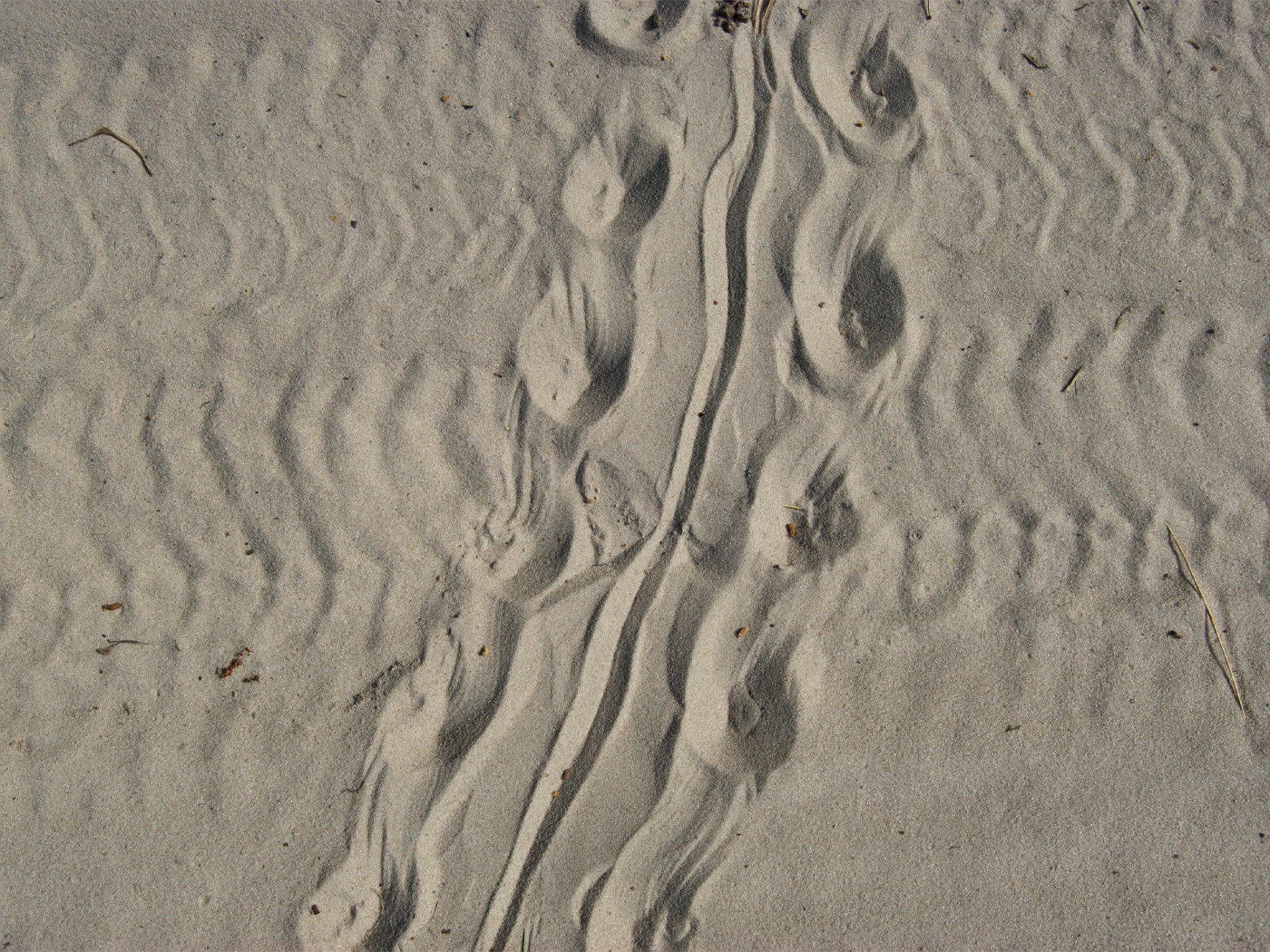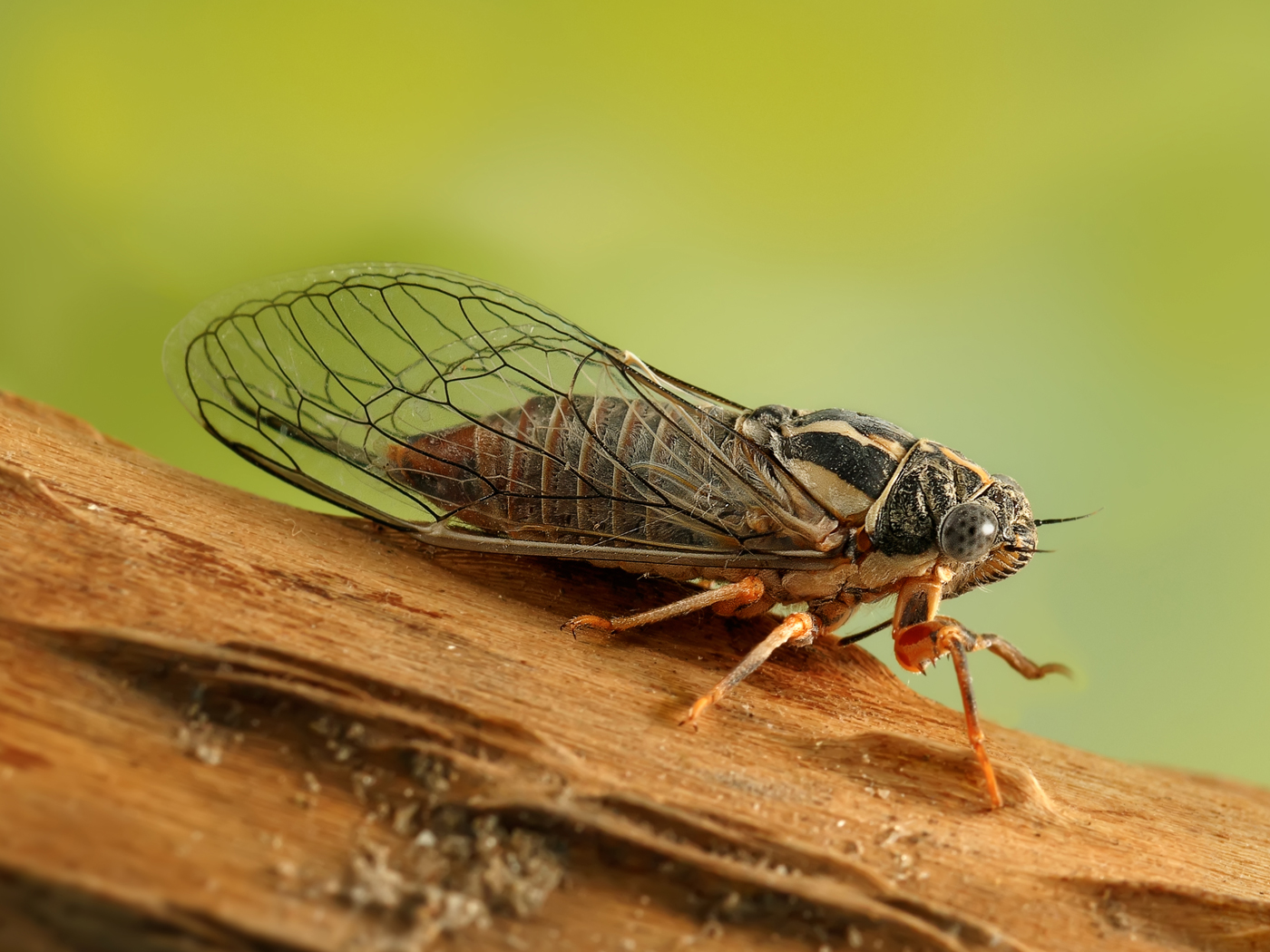“Sing unto God, sing praises to His name: extol Him that rideth upon the heavens by His name JAH, and rejoice before Him” (Psalm 68:4).
The name JAH, by which this verse exhorts us to praise the Lord, is a contracted form of Jehovah, or Yahweh, which is the commonly used name of the self-existing, self-revealing God, usually shown as LORD in English. When combined with the Hebrew verb for “praise” (hallal), it becomes “Hallelujah,” meaning “Praise ye the LORD!”
It is no coincidence that this word, “Hallelujah,” occurs exactly 22 times in the book of Psalms, also known as the book of the Praises of Israel, for there are exactly 22 letters in the Hebrew alphabet, the language which God used to reveal His eternal word (Psalm 119:89) to man. This serves to remind us that the very purpose of human languages is to praise the Lord who created us and has died to redeem us.
The first occurrence in the psalms of “Hallelujah” is translated as “Praise ye the LORD” and occurs right at the very end of the great psalm extolling God’s creation, the flood, and providential care of the post-flood world (see Psalm 104:35).
It is noteworthy that the last ten occurrences of “Hallelujah” are at the introduction and closing of each of the last five psalms (Psalms 146–150). These last five psalms comprise a grand epilogue to the five books of the Psalms, each of which ends with a glorious and eternal doxology (note Psalm 41:13; 72:19; 89:52; 106:48; 145:21). The word “praise” occurs more in the book of Psalms than in all the rest of the Bible put together, so it is appropriate that its conclusion should be on such a high note of praise. Finally, the very last verse of the Psalms cries out: “Let every thing that hath breath praise the LORD. Praise ye the LORD” (Psalm 150:6). Hallelujah! HMM














